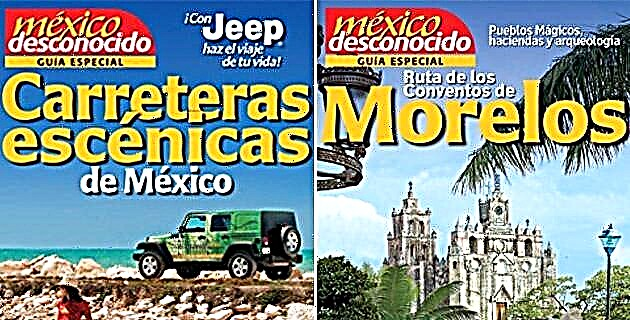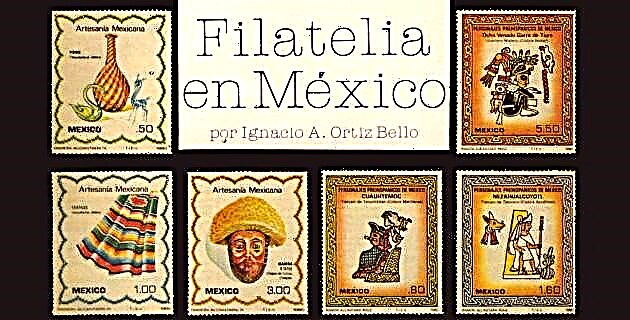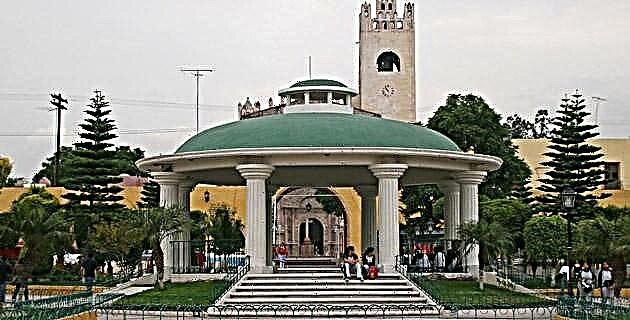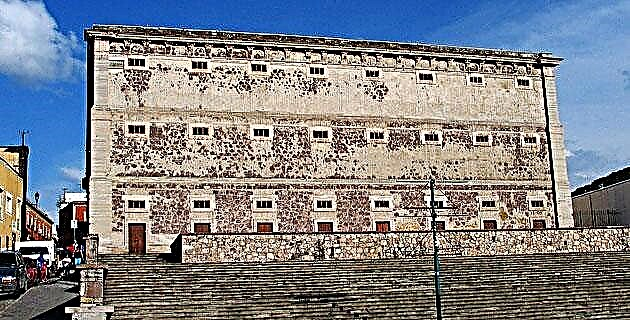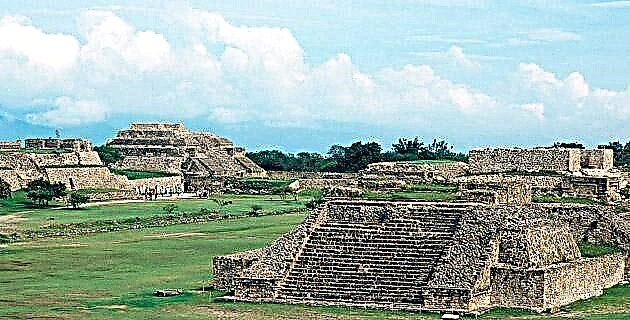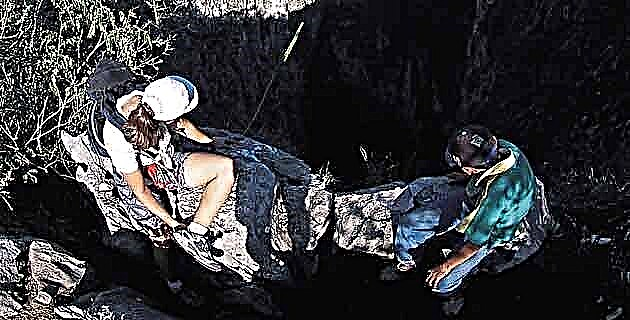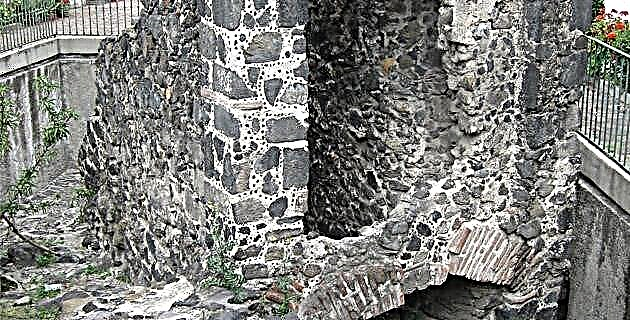
This is a brief description of the two main processes for obtaining paper in the 16th century: one related to the technology used to start the mechanism of paper making, and the other to the process of making paper itself. raw material.
This is a brief description of the two main processes for obtaining paper in the 16th century: one related to the technology used to start the mechanism of papermaking, and the other to the process of making paper itself. raw material.
The Culhuacán Paper Mill dates from the 16th century and is part of the architectural ensemble of the San Juan Evangelista Convent and Language Seminary.
This construction is located on Av. Tláhuac, east of Mexico City, on Cerrada 16 de Septiembre, in the well-known neighborhood of Culhuacán.
This paper mill was fundamental to carry out the evangelization that the mendicant orders carried out in this town during the 16th century. This work was in charge of the Augustinian order, which in 1530 founded the Seminario de Lenguas de San Juan Evangelista.
The main objective was to teach the Indians the Christian religion, and for this it was necessary to have schools and seminaries, being the religious who were in charge of this great work. Such activity required the preparation of the books (missals, psalms, catechisms, etc.) necessary to facilitate the understanding of the new religion for the natives, and for the Spaniards to learn Nahuatl.
The first books were painted like codices, on sheets of amate paper, following the custom of the natives; But this task required large quantities of paper, in addition to the fact that the new viceregal administration made it imperative to obtain sheets of paper such as those used in Europe.
The Augustinians soon realized that using some of the technology they knew they could run a mill that would produce the paper needed for their purposes. Thus, in 1580 they put into operation this paper mill, built on the grounds of the convent where they took advantage of a waterfall and a spring to set in motion a wheel, which is known as a water wheel.
This wheel (an element unknown to the natives as a means of dragging) had in its center a horizontal axis at the end of which were two cams that alternately raised a wooden mallet with nails at the ends, whose function was to reduce the rags to pulp with the help of water.
This simple mechanism represented an important contribution to America and soon had many applications.
That the hydraulic energy came from a waterfall and from a spring in which this mill was built was demonstrated by an archaeological excavation carried out in 1982, in which it was revealed that this early work of colonial architecture was the result of the application of the knowledge with which until then was counted in the matter of mechanics and engineering in the old continent.
To have greater control over the amount of water required to move the wheel, an elevated channel and a gate were built, which, placed a few meters before it, acted as a regulator of the force necessary to accelerate or stop the process. of "grinding".
In addition to using water to obtain energy, it was also essential for the process of crushing old rags - raw material used to make paper -, which was carried out in one or more piles until they were converted into a very fine pulp, by means of the action of the fullers, and for the process of "fermentation" of the rags.
Once a homogeneous paste was obtained, it was distributed in frames with grids to strain the excess water. After this operation, the paper mold was removed, pressed to extract all the moisture and they were put to dry on clotheslines. Once dried, they were smoothed and polished with stones, such as flint, or with wood burnishers, which, from time to time, were smeared with tallow. This practice, however, was prohibited, since when writing on the greasy surface, the ink did not dry or smudge easily.
Source: Unknown Mexico No. 295 / September 2001

